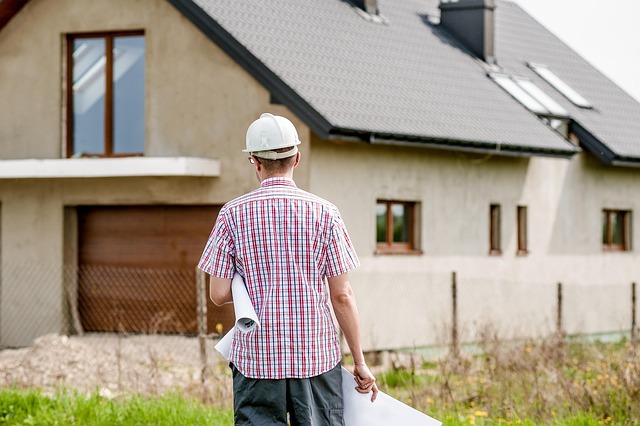Long-Term Maintenance Plan for Sustainable Vent Performance
A long-term maintenance plan for chimney systems helps preserve vent performance, reduce safety risks, and extend the life of masonry and liner components. This overview outlines routine inspection, targeted repairs, and seasonal upkeep to support reliable draft, prevent water damage, and limit creosote buildup.

Maintaining a chimney for sustainable vent performance means looking beyond occasional cleaning. Regular attention to structural masonry, the flue and liner, and routine inspections reduces the chance of draft problems, water intrusion, and safety hazards. A measured maintenance plan coordinates visual checks, professional inspections, targeted tuckpointing and waterproofing, and cleaning schedules to protect the system and the home it services.
How does masonry affect venting and safety?
Masonry condition sets the baseline for how well a chimney vents. Cracked bricks, eroded mortar, and loose masonry can allow water into the structure and change the internal air paths that create draft. Addressing masonry through tuckpointing and selective restoration restores mortar joints and maintains the chimney’s alignment, which supports stable draft and helps prevent unsafe combustion byproducts from entering living spaces.
When should a flue and liner inspection occur?
A thorough flue and liner inspection should be part of an annual maintenance routine and after any event that could damage the chimney (storm, structural shifting, or a hard freeze). Inspections verify liner integrity, check for cracks or gaps, and identify creosote deposits or blockages. Early detection of liner damage reduces the need for extensive restoration and preserves safe venting performance.
What maintenance reduces creosote and improves draft?
Creosote accumulates from incomplete combustion and can degrade draft and increase fire risk. Regular chimney sweeping combined with correct appliance operation reduces buildup. Maintenance also includes ensuring the flue height and cap are appropriate, checking for obstructions, and balancing appliance use so draft remains stable. These steps protect performance and contribute to long-term safety.
How does tuckpointing fit into restoration and waterproofing?
Tuckpointing repairs deteriorated mortar joints and is central to masonry restoration. Properly executed tuckpointing seals gaps where water can penetrate, and when paired with appropriate waterproofing treatments, it limits moisture-driven deterioration. Waterproofing should be breathable and compatible with masonry to avoid trapping moisture behind the surface; together, these measures extend masonry life and support consistent venting.
What signs indicate liner or structural restoration is needed?
Indicators that a liner or structural restoration is necessary include visible cracks or spalling in bricks, persistent smoky odors indoors, reduced draft, or evidence of water staining. Rusted or warped liners, falling mortar, and frequent flue obstructions are signs that professional restoration may be required. Addressing these problems promptly reduces repair scope and maintains ventilation effectiveness and safety.
How to coordinate local services for regular inspection and upkeep
Establish a schedule that combines homeowner checks with professional inspections from qualified local services. Routine homeowner tasks include clearing the chimney cap, monitoring for leaks, and observing draft behavior. Professional services can perform annual inspections, sweeps, masonry repairs, tuckpointing, liner evaluation, and waterproofing. Coordinating these activities seasonally ensures preventative maintenance and reduces the likelihood of sudden failures.
In sum, sustainable vent performance depends on a consistent blend of homeowner vigilance and periodic professional attention. Regular inspection of the flue and liner, systematic cleaning to control creosote, targeted masonry restoration such as tuckpointing, and appropriate waterproofing all contribute to durable draft and safer operation. A documented, recurring maintenance plan helps prioritize work, manage costs, and extend the functional life of the entire venting system.





